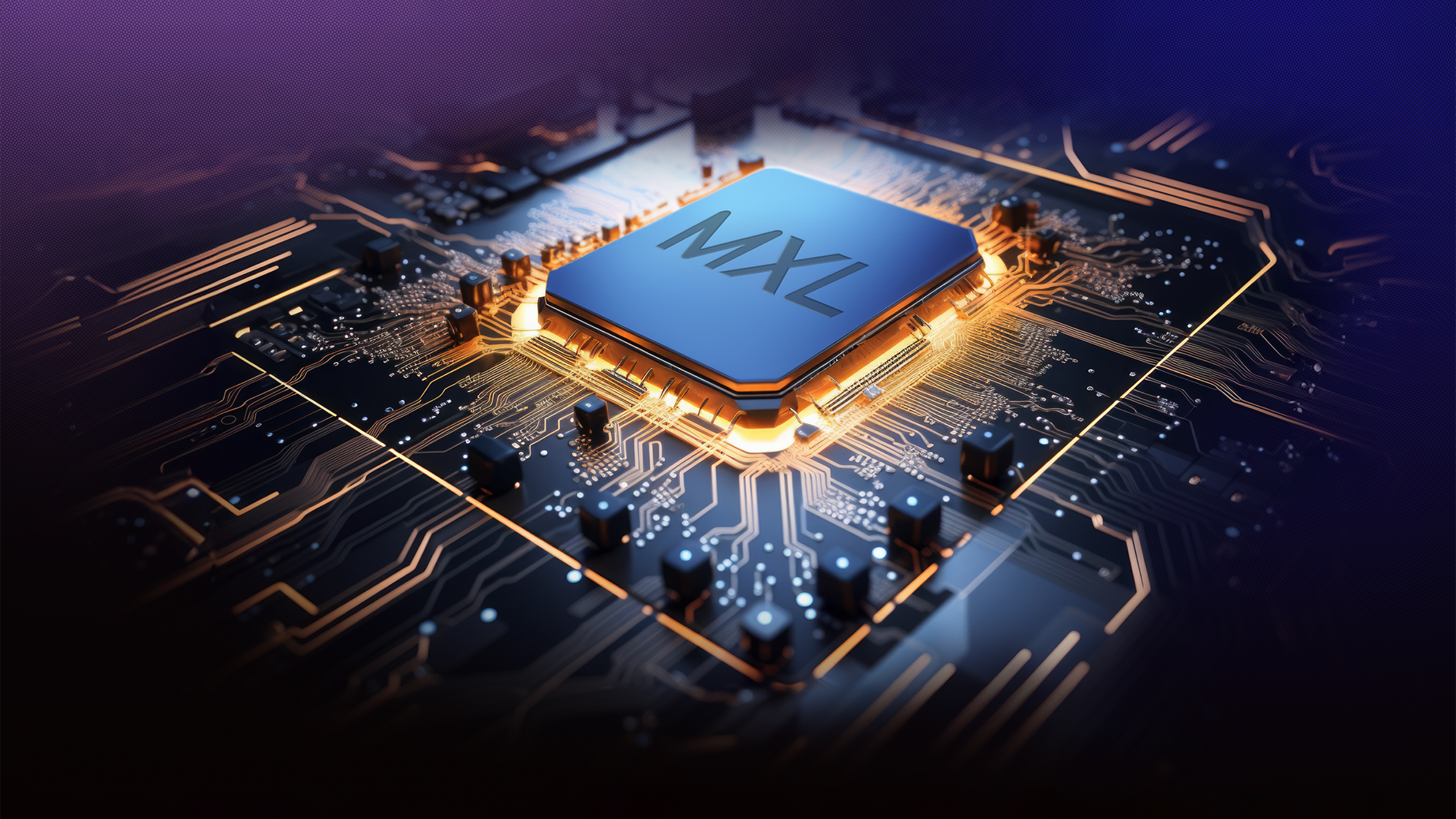Cooling chips with lasers: Innovative cooling method removes heat precisely from hot spots, recycles heat into energy
Well, if it ever reaches commercial phase.

A startup called Maxwell Labs, with support from Sandia National Laboratories, is working on a new technology that will cool high-performance computing hardware with lasers, reports The Register.
As heat dissipation has become a major challenge for modern data centers, various cooling methods have been tried and deployed in recent years. For years, the industry has relied on air cooling; then, big companies began to experiment with liquid cooling, tried both warm water cooling and chilled water cooling, tested immersion cooling, and even planned to deploy it in the coming years. There is one thing that has not been used for cooling yet: lasers. Yet, lasers can be used to take away heat from processors. But there is a catch.
A novel approach
A startup called Maxwell Labs, with support from Sandia National Laboratories, is working on a new way to cool high-performance computing hardware, reports The Register. The technique uses special cold plates made of ultrapure gallium arsenide (GaAs) that cool down when they receive focused beams of coherent laser light of a certain wavelength. Rather than heating, which is common in most interactions involving intense light beams, this carefully engineered setup allows the semiconductor to shed heat at precise locations thanks to the high electron mobility of GaAs. The method promises to assist traditional cooling systems rather than replace them.
To implement this in practical applications, the GaAs semiconductors are structured into thin components placed directly on high-heat regions of processors. Microscopic patterns within the semiconductor guide the coherent beams precisely to these hot spots, resulting in highly localized cooling, which ensures efficiency by directly managing heat exactly where it becomes problematic instead of attempting to use GaAs and lasers to cool down an entire system. This technique has roots in earlier studies: back in 2012, at the University of Copenhagen, they cooled a tiny membrane to -269°C using a similar method, according to the report.
Additionally, this technique offers a unique capability: it can recapture the energy removed as heat, according to Maxwell. Rather than dissipating into the environment, the thermal energy extracted from chips can be emitted as usable photons, which are convertible back into electrical power. While this certainly increases the overall energy efficiency of computing systems, the efficiency of the process remains to be seen.
Extreme costs and manufacturing challenges
While the approach to use GaAs semiconductors for cooling is certainly an innovation, it is associated with extreme challenges both from the cost and manufacturability points of view.
First up, producing ultrapure GaAs wafers requires complex, energy-intensive techniques like molecular beam epitaxy (MBE) or metal-organic chemical vapor deposition (MOCVD). As we are dealing with ultrapure crystalline layers, defect rates can be high, which affects costs. At the moment, a 200-mm wafer made from GaAs can cost around $5,000, while a silicon wafer of the same size might be priced as low as $5, according to WaferWorld.
Get Tom's Hardware's best news and in-depth reviews, straight to your inbox.
GaAs transistors cannot be seamlessly integrated into traditional silicon-based chips on a single wafer. However, if someone wants to use GaAs transistors for cooling traditional chips (or rather chiplets), they can use heterogeneous 3D integration or wafer bonding, which are well-known techniques for systems that use silicon photonics. While these techniques are quite expensive, they are not as costly as GaAs wafers per se.
Early phase
Currently, the concept remains in the experimental and modeling stage. According to Maxwell Labs chief executive Jacob Balma, simulations suggest the method is promising, but it has never been confirmed in physical trials as testing so far has been limited to separate components rather than a full setup.
Speaking of a full setup, Maxwell Labs expects to complete a functioning prototype by the fall of 2025. Interestingly, Maxwell has already found early adopters for its first version, named MXL-Gen1, and plans to deliver initial systems over the next two years. Broader access is projected for the end of 2027, assuming development stays on track.

Anton Shilov is a contributing writer at Tom’s Hardware. Over the past couple of decades, he has covered everything from CPUs and GPUs to supercomputers and from modern process technologies and latest fab tools to high-tech industry trends.
-
theverge Reply
Cooling a membrane is not the same as dissipating 200w of heat. I'm unsure of how this works based on the research announcement.Admin said:A startup is developing a laser-based cooling system using ultrapure gallium arsenide plates to target chip hotspots, but at high costs.
Cooling chips with lasers: Innovative cooling method removes heat precisely from hot spots, recycles heat into energy : Read more -
Sippincider Replythe thermal energy extracted from chips can be emitted as usable photons
Will our most advanced chips soon glow like old-school vacuum tubes?? -
lmcnabney Way too expensive with the required rare earths. Just go immersion. There are clever ways to repurpose that heat too.Reply -
t3t4 Finally, someone is finally trying to re-use the heat from the most inefficient thing on the planet. All they really need to do is miniaturize the steam turbine since most CPU's now run hot enough to boil water!Reply